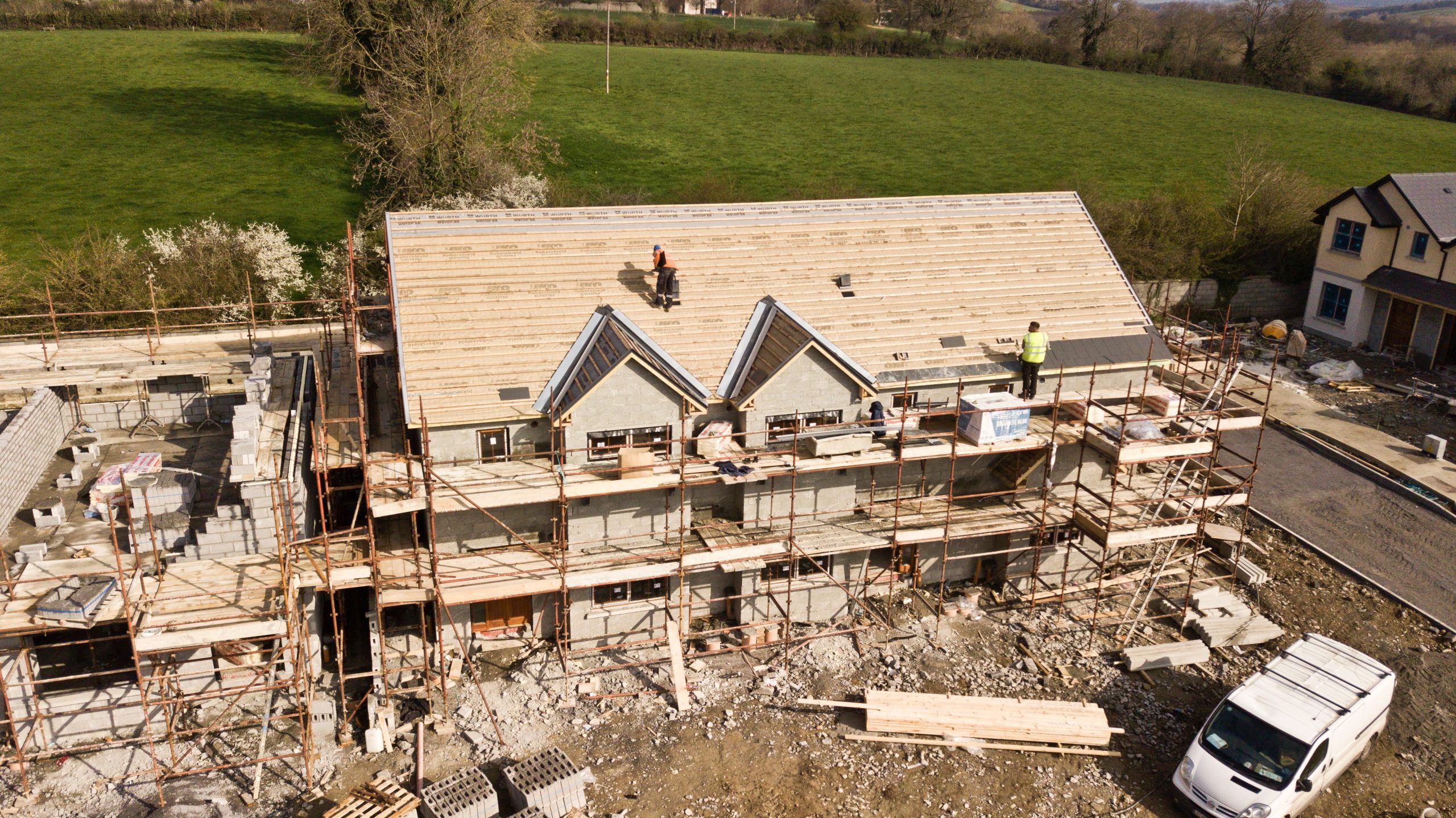
With new residences popping up all over the current housing market, many landlords wonder if a newly constructed property would make a good investment. As with any business venture, the answer depends on multiple factors. The landlord’s preferences regarding location, price point, and maintenance will all affect the final analysis. Let’s look at some variables to consider when investing in new construction.
Making the purchase. The most obvious downside to new construction is high purchase prices. New things always cost more than old things. Plus, new construction often has higher property taxes, though the increase may not show up until after the first year. However, purchasing a newly built property also offers flexibility that existing structures lack. An investor can purchase land and supervise the entire construction process. Or, more commonly, a landlord will purchase the property from a real estate developer. When an investor involves himself in a project early on, he may be able to customize units before construction is complete.
Ongoing maintenance. As every landlord knows, older properties raise numerous maintenance challenges. The costs of maintaining an older property can add up, from broken appliances to leaky sinks and damaged roofs. Contrastingly, new construction requires little upkeep. And warranties should cover appliances (and even the building itself) for at least a year or two. But keep in mind that new construction also presents some unknowns. In an established property, prior residents have already experienced the home’s problems. On the other hand, a brand-new building may present unpleasant surprises like a settling foundation or drainage issues.
Location, location, location. New construction often inhabits up-and-coming neighborhoods, where residences are modern and well-maintained. These neighborhoods often boast good schools, low crime rates, and local parks that attract responsible, long-term tenants. Other attractive new construction features are open floor plans, easy cleaning, and modern conveniences. On the flip side, new buildings are farther from city centers. In practical terms, the increased distance translates into longer commutes for tenants and fewer amenities within walking distance. In addition, new neighborhoods often have smaller lots and a generic look that won’t appeal to renters seeking charm, big yards, and an established community.
If new construction sounds like a positive direction for your business, do your research! Check out other properties built by the same developer to see whether they’re thriving. Reviewing the development plans can also indicate the area’s growth potential and new tenant appeal. And remember to keep a flexible timeline and cash flow to ensure construction delays won’t force you into a tight spot financially.
With the proper research and business approach, a well-built new construction in a high-demand area will quickly draw quality tenants and require minimal maintenance. That’s the kind of equation that works out nicely for investors every time!
About Rentals America
Rentals America provides full-service property management for residential rental properties. Our team is wholly dedicated to property management, and we’re here to help landlords navigate the rental market.










